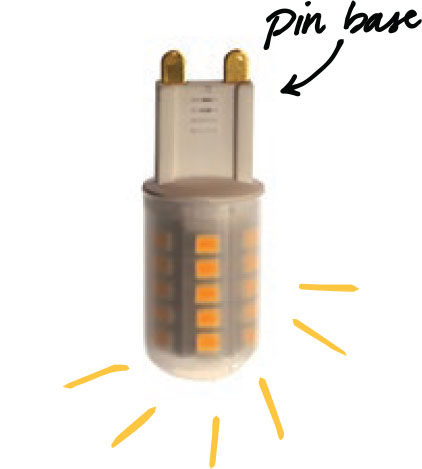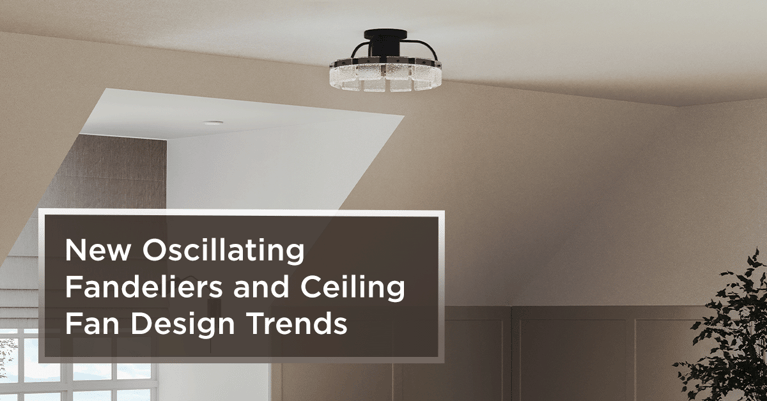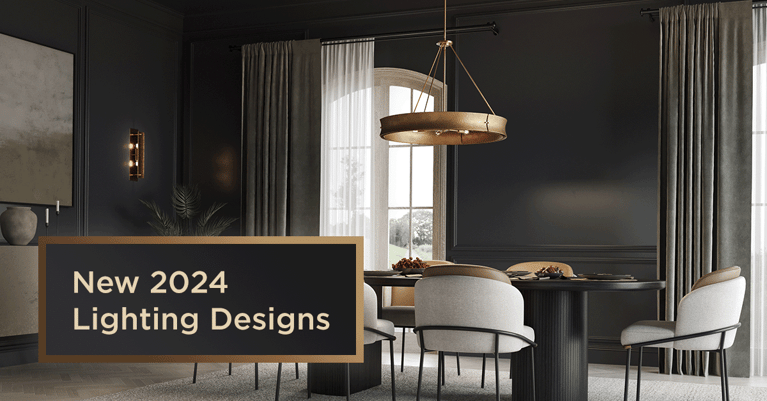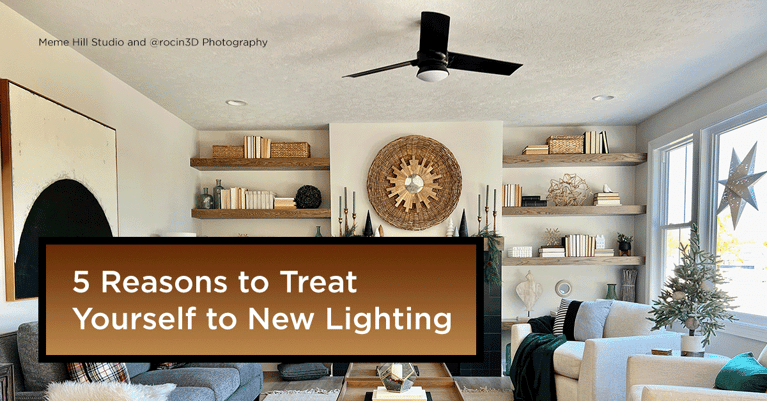It used to be simple to shop for light bulbs: just choose the wattage and buy the bulb. Now, it's not so easy. New lighting terms continue to be introduced into our everyday vocabulary. We tapped industry expert Chris Primous, Vice President of OEM Sales and Industry Relations at MaxLite, to explain them.
 While most people think of the screw-in lighting components used in their home as "bulbs," the proper industry terminology is actually "lamp." And what people are used to calling a "lamp" - a portable fixture with a cord and plug attached - is called a portable luminaire. However, it's common and accepted to call a lamp, a bulb.
While most people think of the screw-in lighting components used in their home as "bulbs," the proper industry terminology is actually "lamp." And what people are used to calling a "lamp" - a portable fixture with a cord and plug attached - is called a portable luminaire. However, it's common and accepted to call a lamp, a bulb.
Watts vs. Lumens
Watt (W) is the unit of electrical energy that indicates the power consumption of a bulb. The fewer watts consumed, the less money you'll spend on energy. Wattage does NOT equal light output. Over the years, the use of incandescent bulbs has conditioned many consumers to believe that light output is equivalent to wattage: for example, that a 60W incandescent bulb needs to be replaced by another 60W bulb. Lumens measures light output: it's the quantity of light that a bulb emits. On a bulb label, lumens tells you if the selected bulb has enough light output for the intended use. The higher the lumen value, the more light a bulb emits. Historically, the most popular household consumer bulb used in the USA was 60 watt. These bulbs typically emitted 800 lumens (abbreviated "lm") of light. Thus, most consumers are accustomed to using bulbs in their home that emit 800lm of light.
Compact Fluorescent Lamps (CFLs) and LED lamps (Light Emitting Diode) are more efficient in converting more of the power to visible lumens. Therefore, these lamps can produce the same 800lm of light from lower wattages: CFLs can produce the same 800lm with 13W of power, and LEDs can provide 800lm with only 8 to 10W of power. Lighting manufacturers are required to list lumen values prominently on lightbulb packaging and are described on these labels as "Brightness" to help consumers understand the term.
How do Watts and Lumens Compare? Bulb packaging will usually state which common incandescent bulbs the new bulb can typically replace. Bulb equivalents will vary by manufacturer and product type, but for the most common types today's equivalents are approximately:
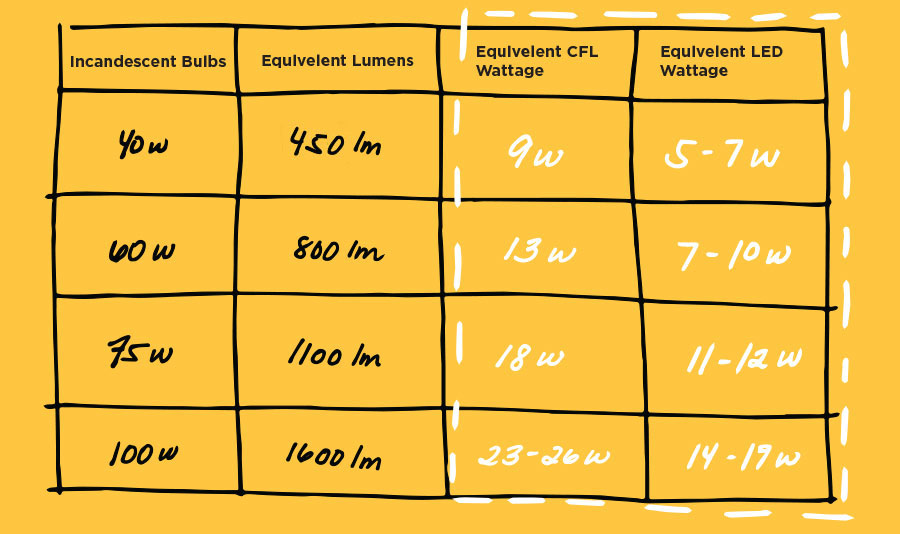
What are Volts?
Voltage refers to the electrical potential difference between the wires that power a light source. Typically, the line voltage that comes into your home is 120V at the light fixture's sockets. Track lighting, undercabinet, landscape, and pendant lighting can also use low voltage lamps that operate on a transformer contained within the fixture's lighting system that brings down the line voltage into 12V or sometimes 24V. These low voltage lamps are small halogen or LED technology with small "pin-based" sockets.


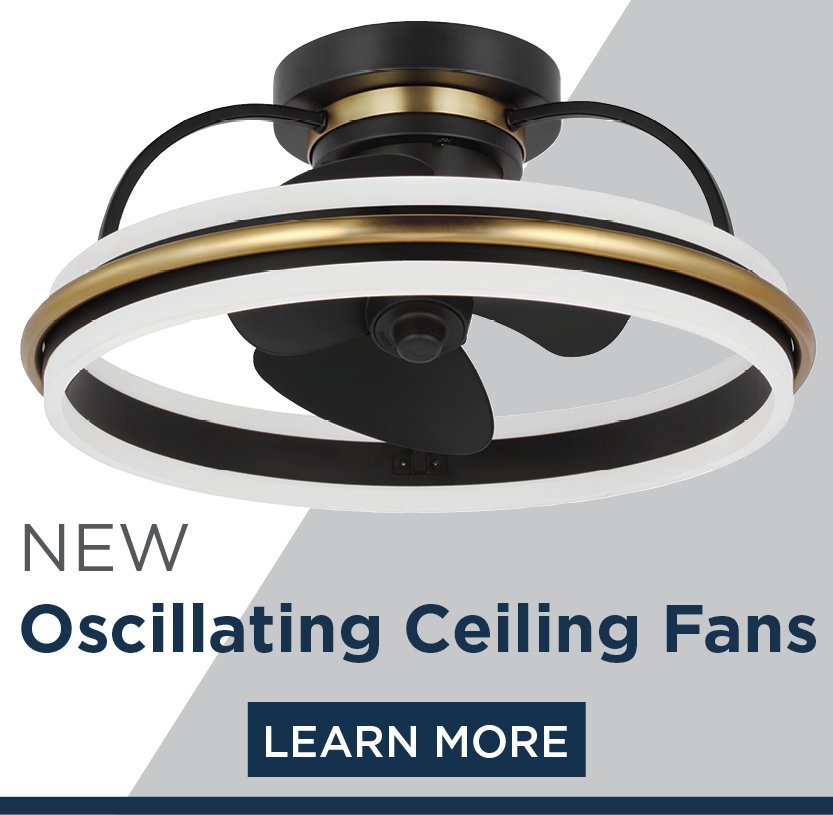


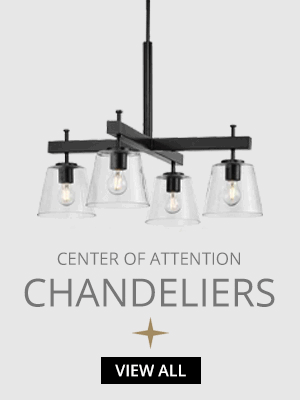
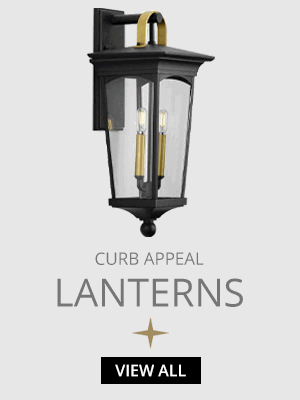

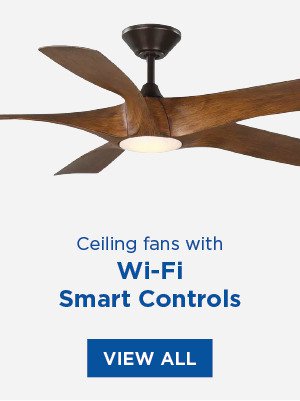





 While most people think of the screw-in lighting components used in their home as "bulbs," the proper industry terminology is actually "lamp." And what people are used to calling a "lamp" - a portable fixture with a cord and plug attached - is called a portable luminaire. However, it's common and accepted to call a lamp, a bulb.
While most people think of the screw-in lighting components used in their home as "bulbs," the proper industry terminology is actually "lamp." And what people are used to calling a "lamp" - a portable fixture with a cord and plug attached - is called a portable luminaire. However, it's common and accepted to call a lamp, a bulb.


